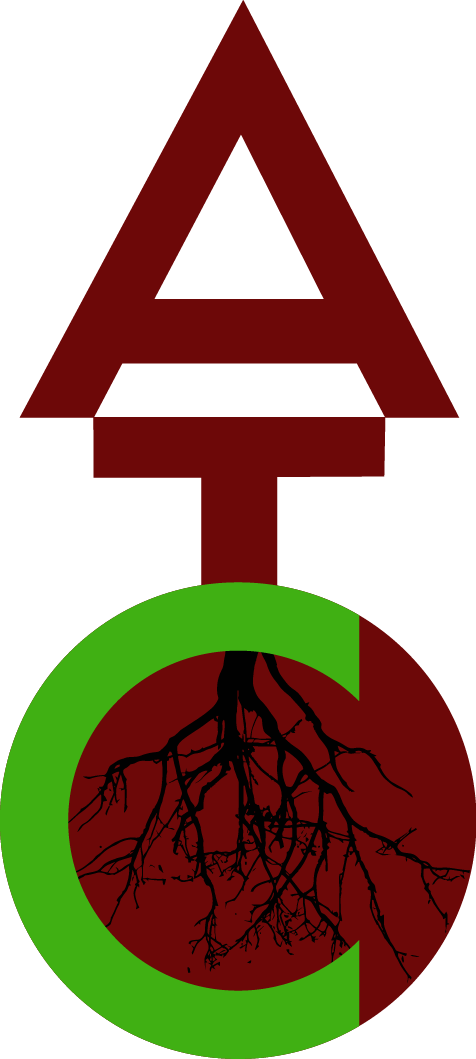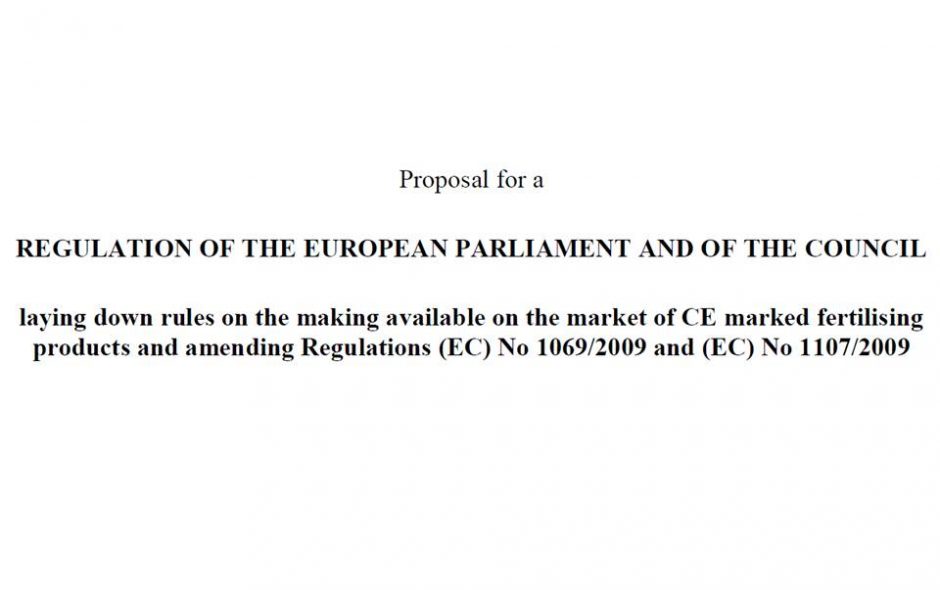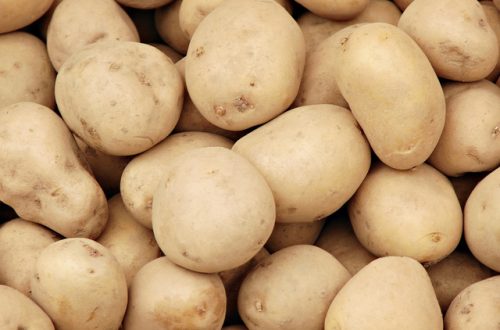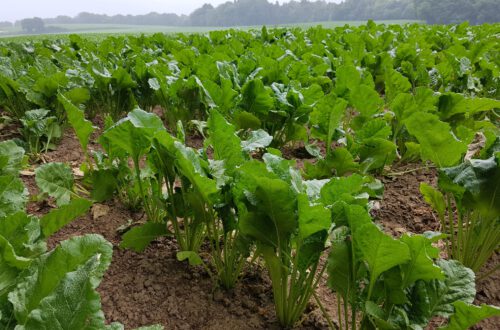Plant biostimulants are substances that strengthen the plant. At the recent biostimulants congress in Miami, the definition of biostimulants as provided by EBIC (European Biostimulators Industry Council) was much cited:
Plant biostimulants contain substance (s) and / or microorganisms whose function when applied to plants or the rhizosphere is to stimulate natural processes to improve / benefit nutrient uptake, nutrient efficiency, tolerance to abiotic stress, and crop quality.
Nevertheless, at the Miami congress the definition of biostimulants was an issue in several presentations. Defining biostimulants is essential, since both the US and Europe are currently working on regulating biostimulants. In Europe, biostimulants will fall under the Fertilizing Products Regulation (download pdf). Although the definition of biostimulant is still under discussion, it is clear that current biostimulants that have biocontrol activity will be considered as plant protection products and not as biostimulants (download pdf). At first glance this does not seem so important, but registration of pesticides is likely much more costly than registration of fertilising products. At the same time quite some biostimulants currently claim that they have multiple effects at the same time, which is not so strange because they may contain multiple ingredients, including various bacteria, fungi, and types of organic matter. For instance, Trichoderma can be difficult to classify because it can have at the same time plant growth promoting and pathogen-suppressing properties (e.g. Hermosa et al., 2012). At the same time, there are many micro-organisms that have a huge variety at species level, such as Pseudomonas fluorescens.
The question is, how do we prevent an unfair playing field? Already for quite some time, I think, Trichoderma is sold as a plant strenghtener while it is known that they also may suppress some soil-borne pathogens. But suppose that a certain Trichoderma indeed only strengthens a plant and has no pathogen-suppressing effect? How can it be proven that this particular isolate has no effect on pathogens? I therefore expect some problems associated with the separation between fertilising products and crop protection agents. Much will depend on how the pesticide registration bodies (in the Netherlands: ctgb) deal with the registration of biological pesticides. The fact that Bacillus amyloliquefaciens FZB24 and Coniothyrium minitans CON/M/91-08 are now registered as low-risk substances indicate that the introduction of biocontrol agents of, amongst others, soil-borne pathogens may become less costly. On the Fertilising Products Regulation side, it is good that there is likely to be also a requirement for the effectiveness of biostimulants. The credibility of biostimulants will benefit from this, although obviously much depends on how this effectiveness will be tested.




